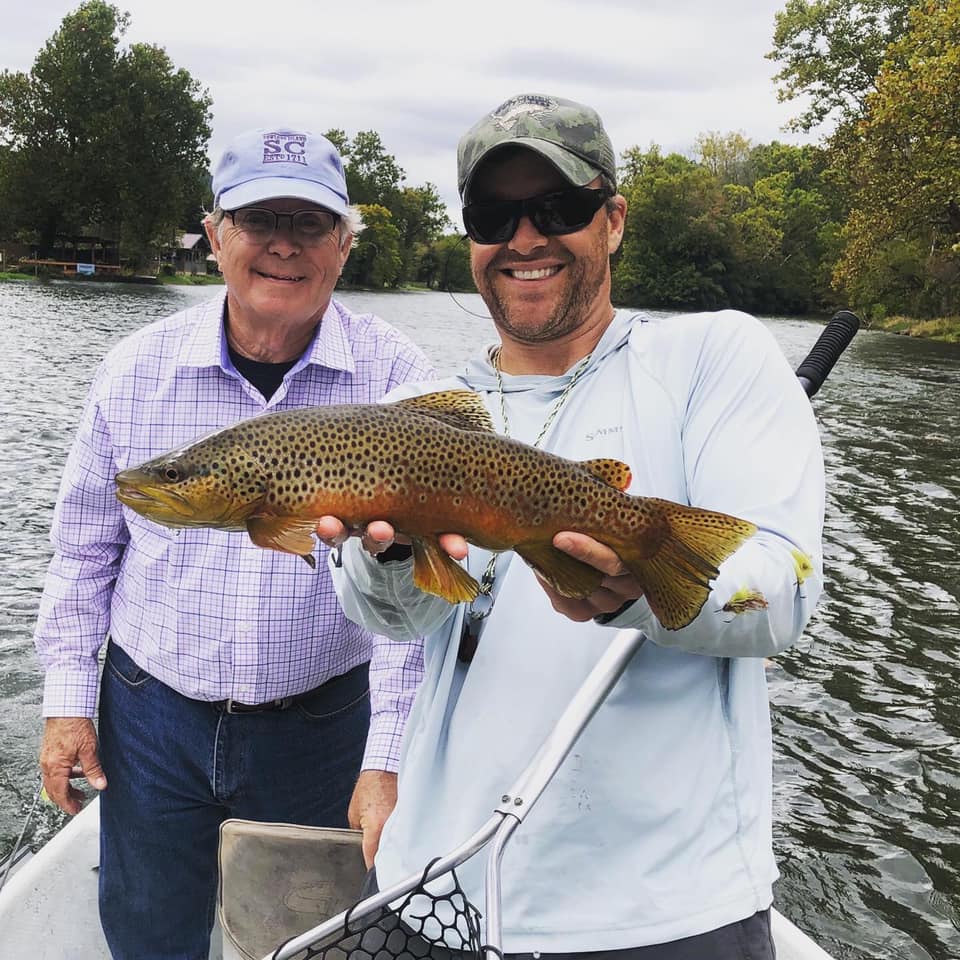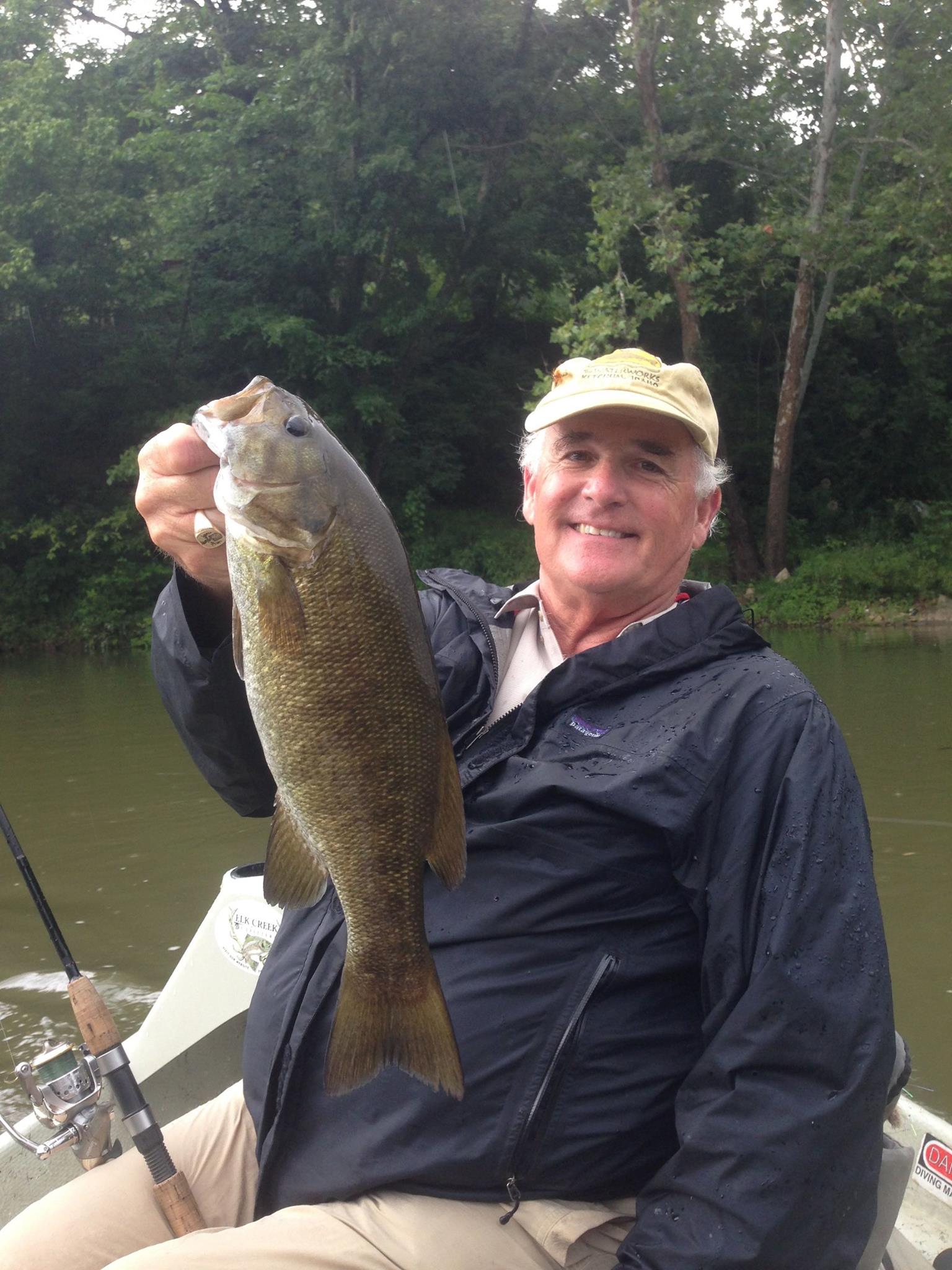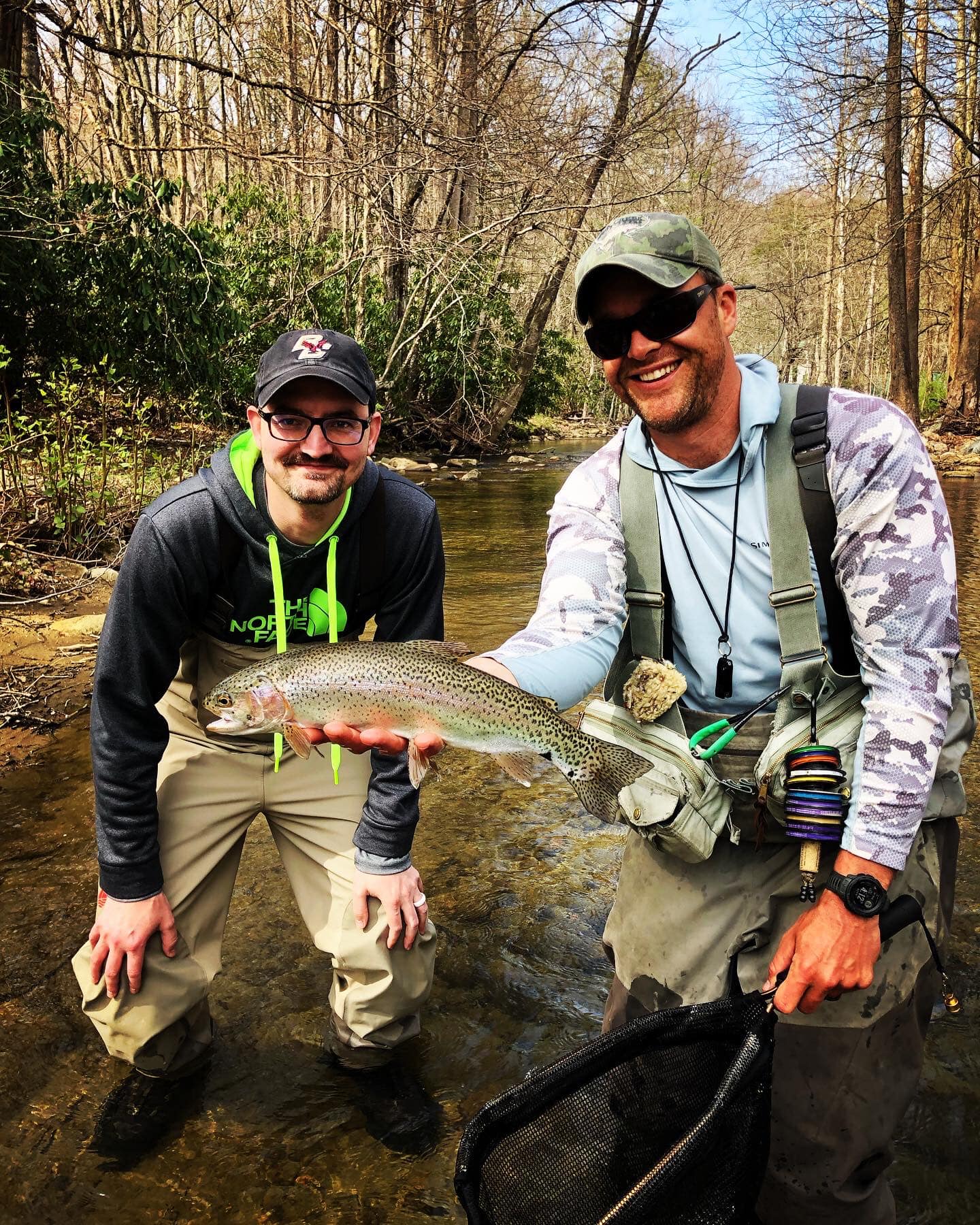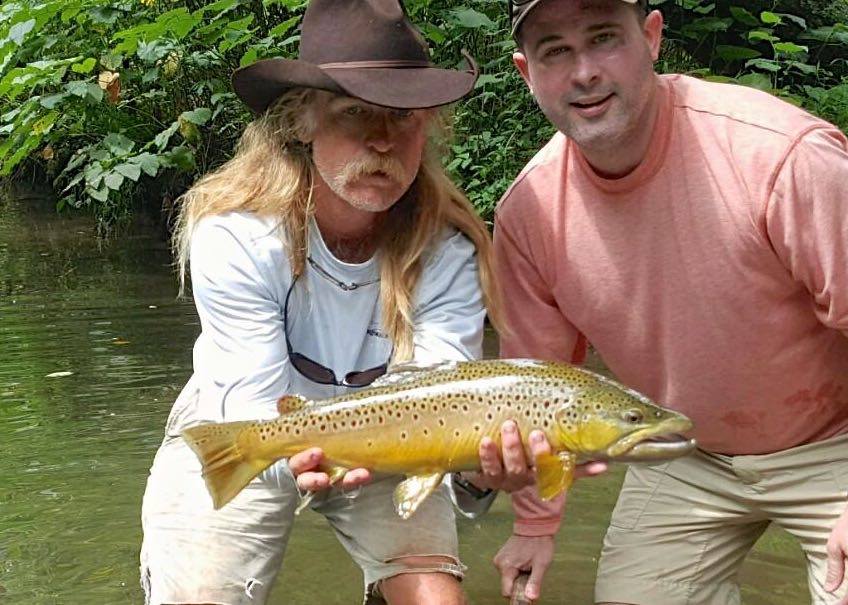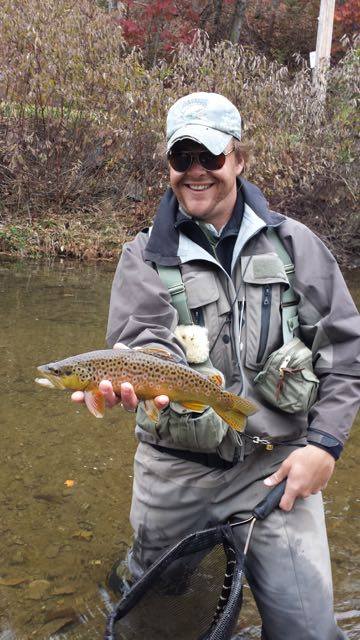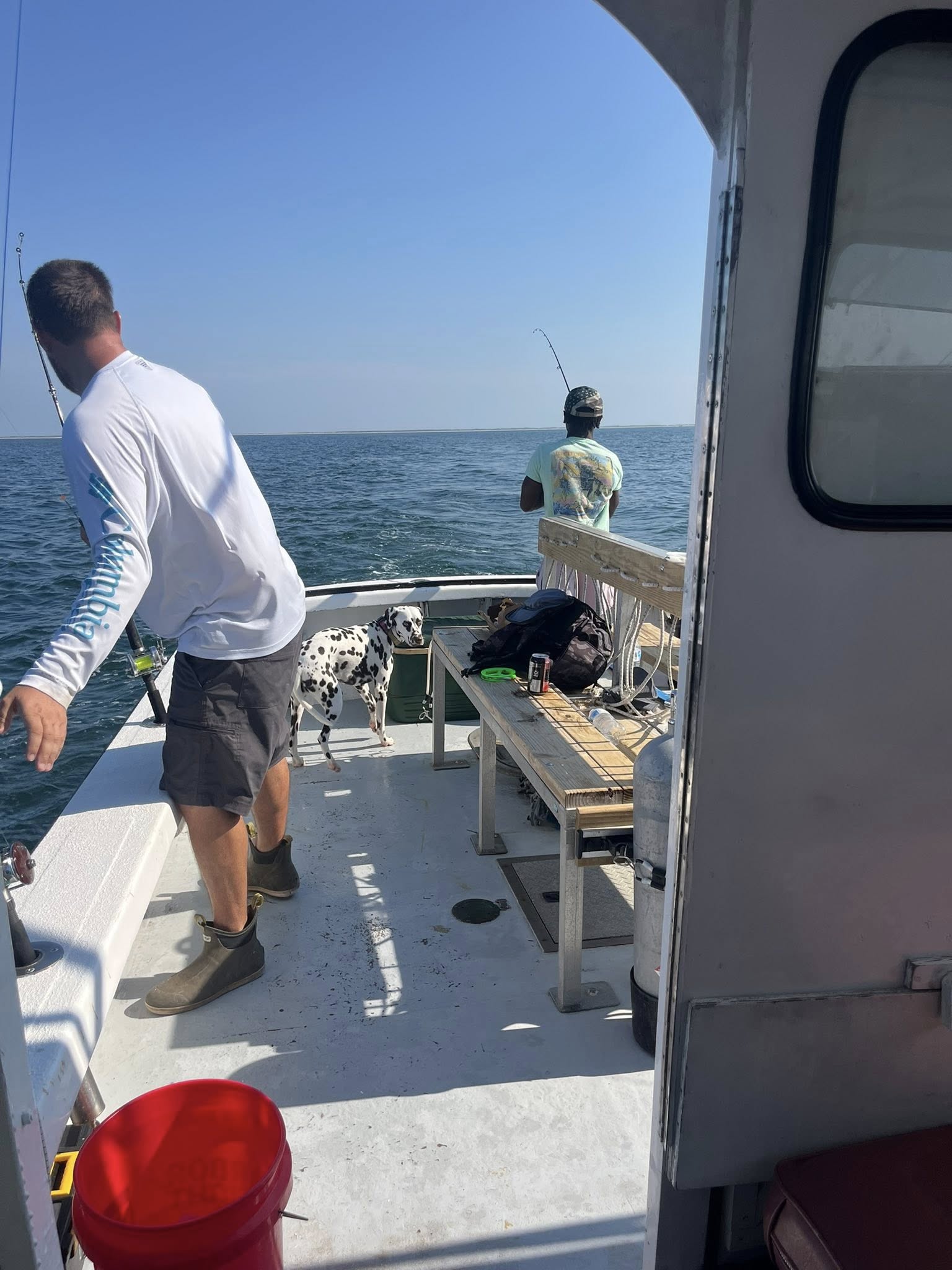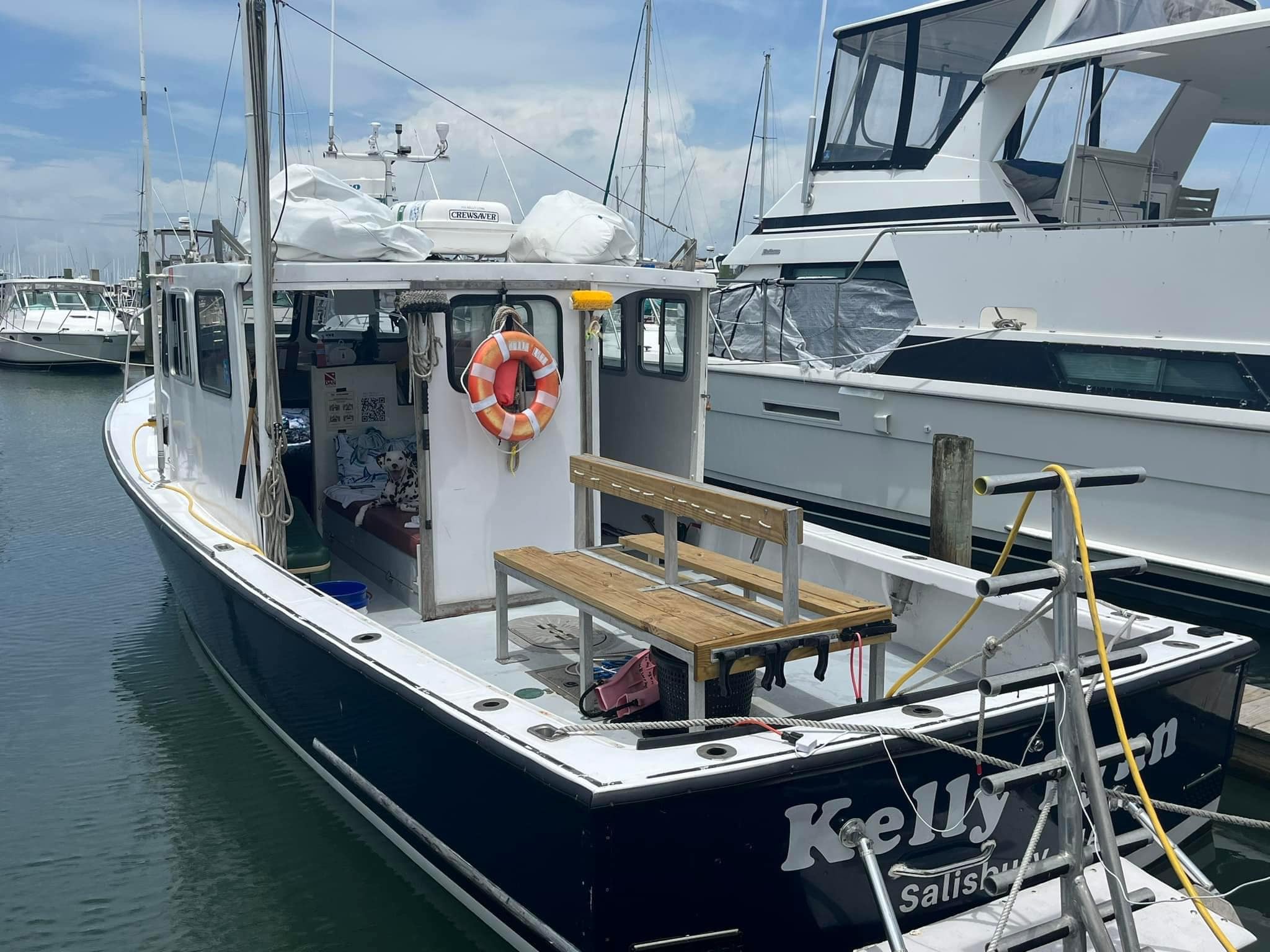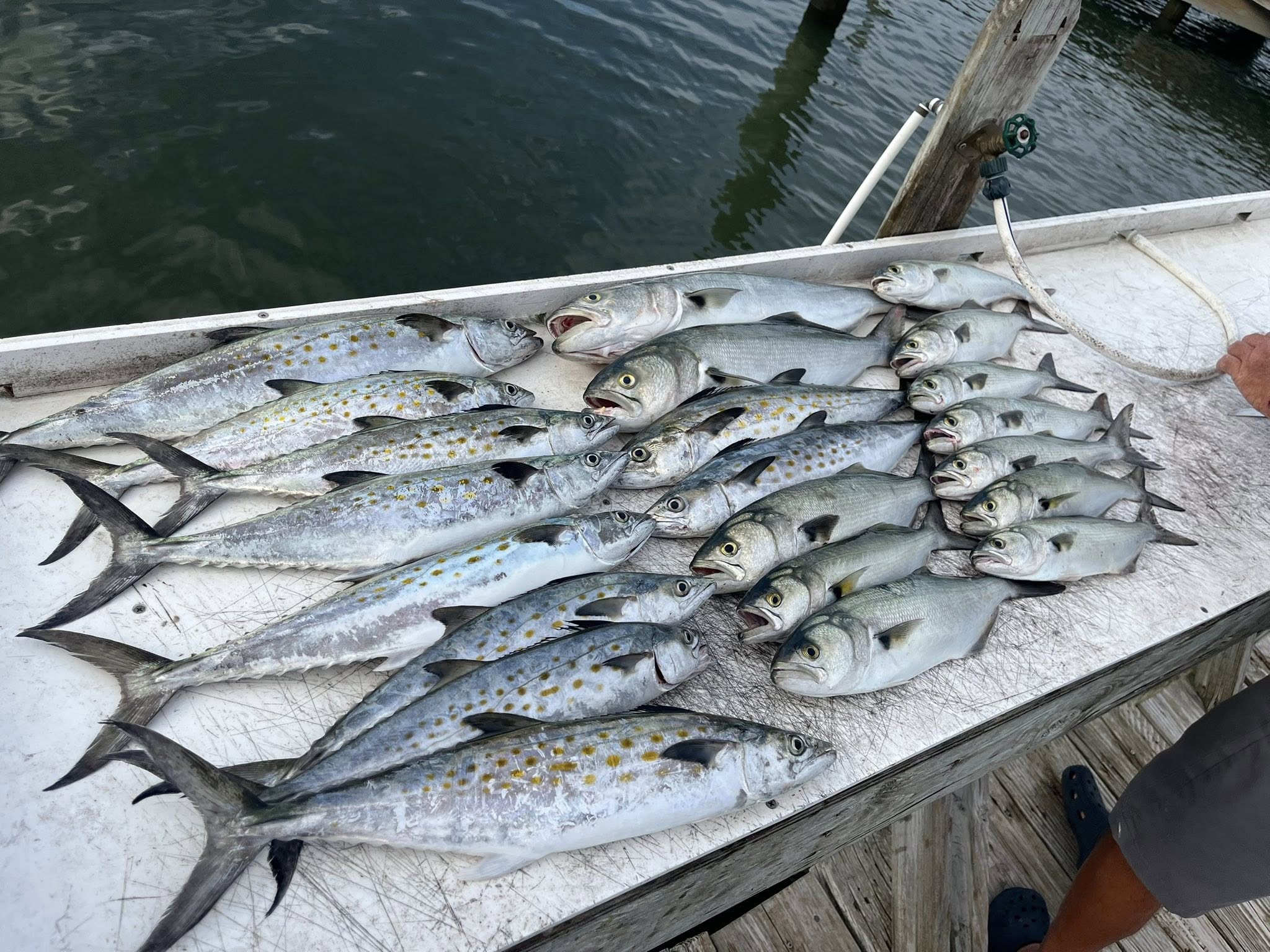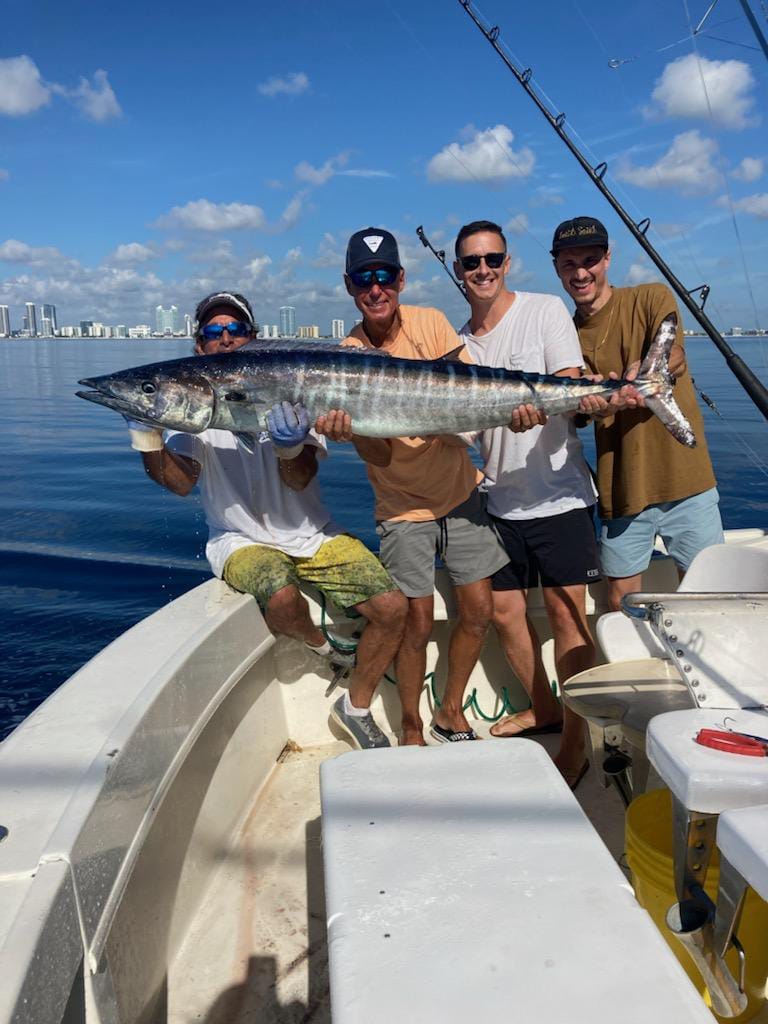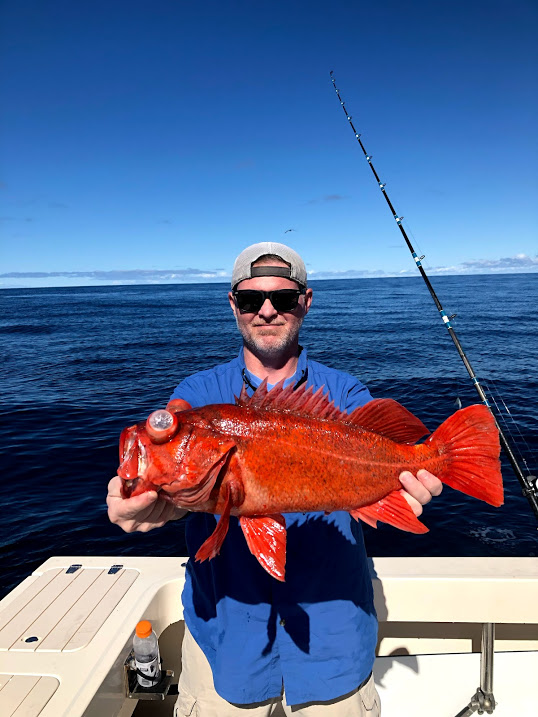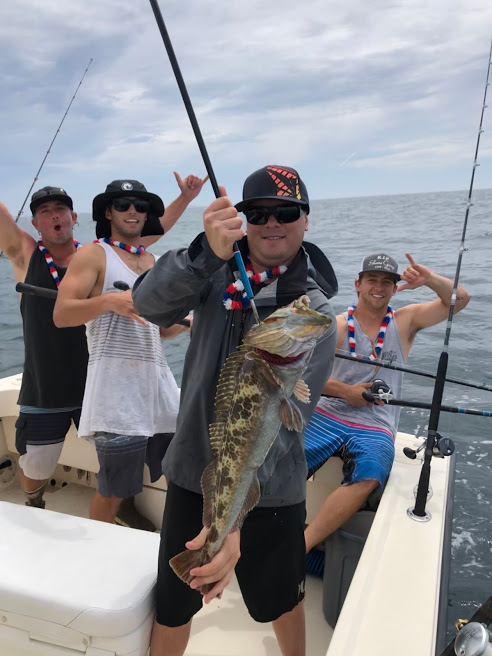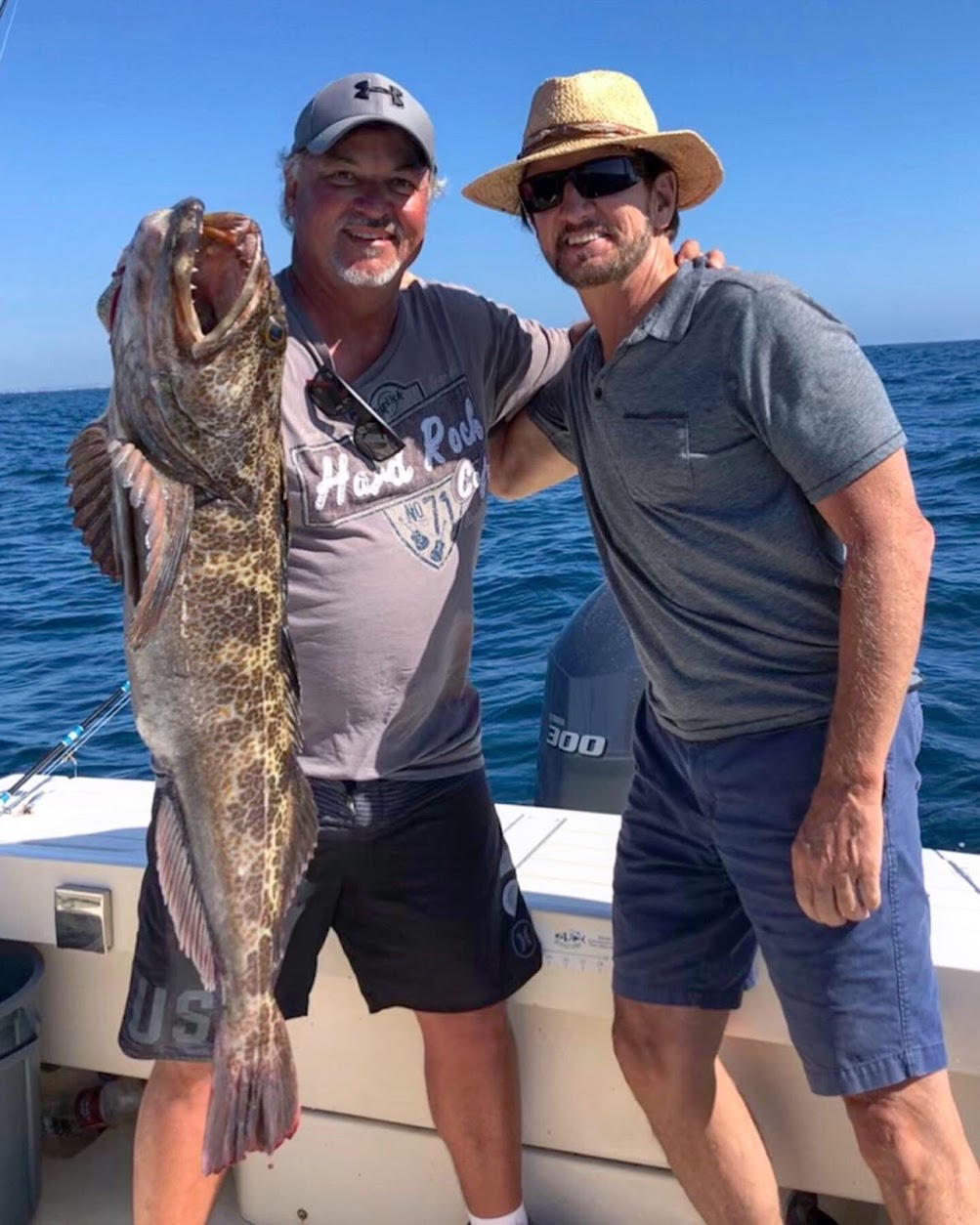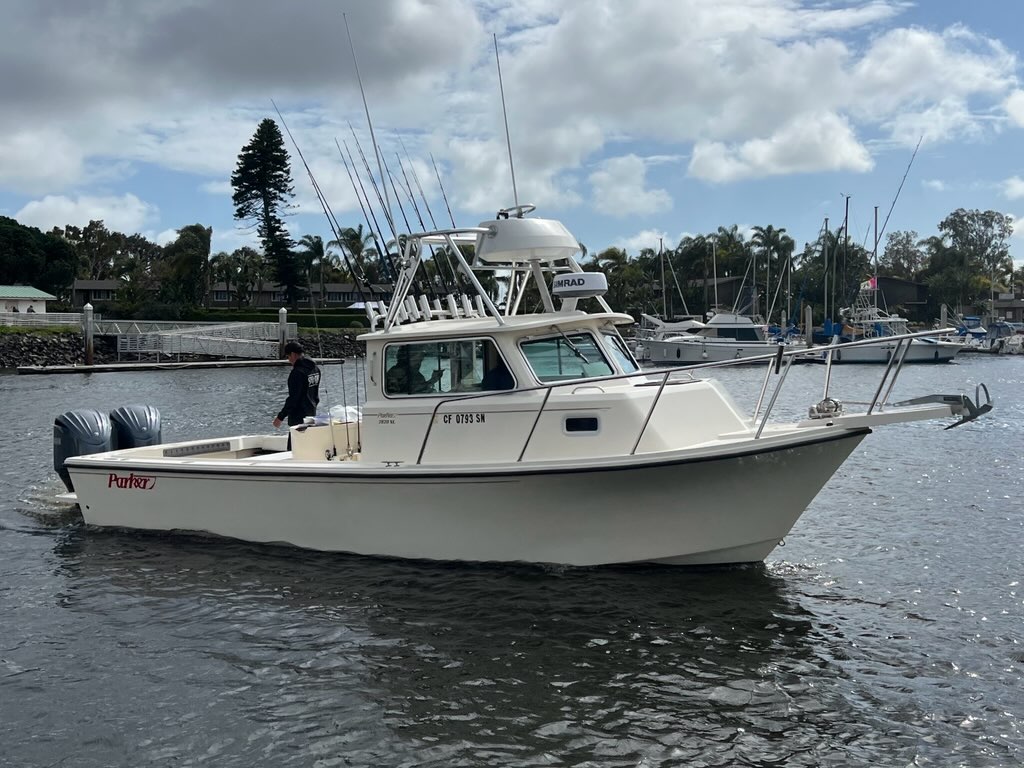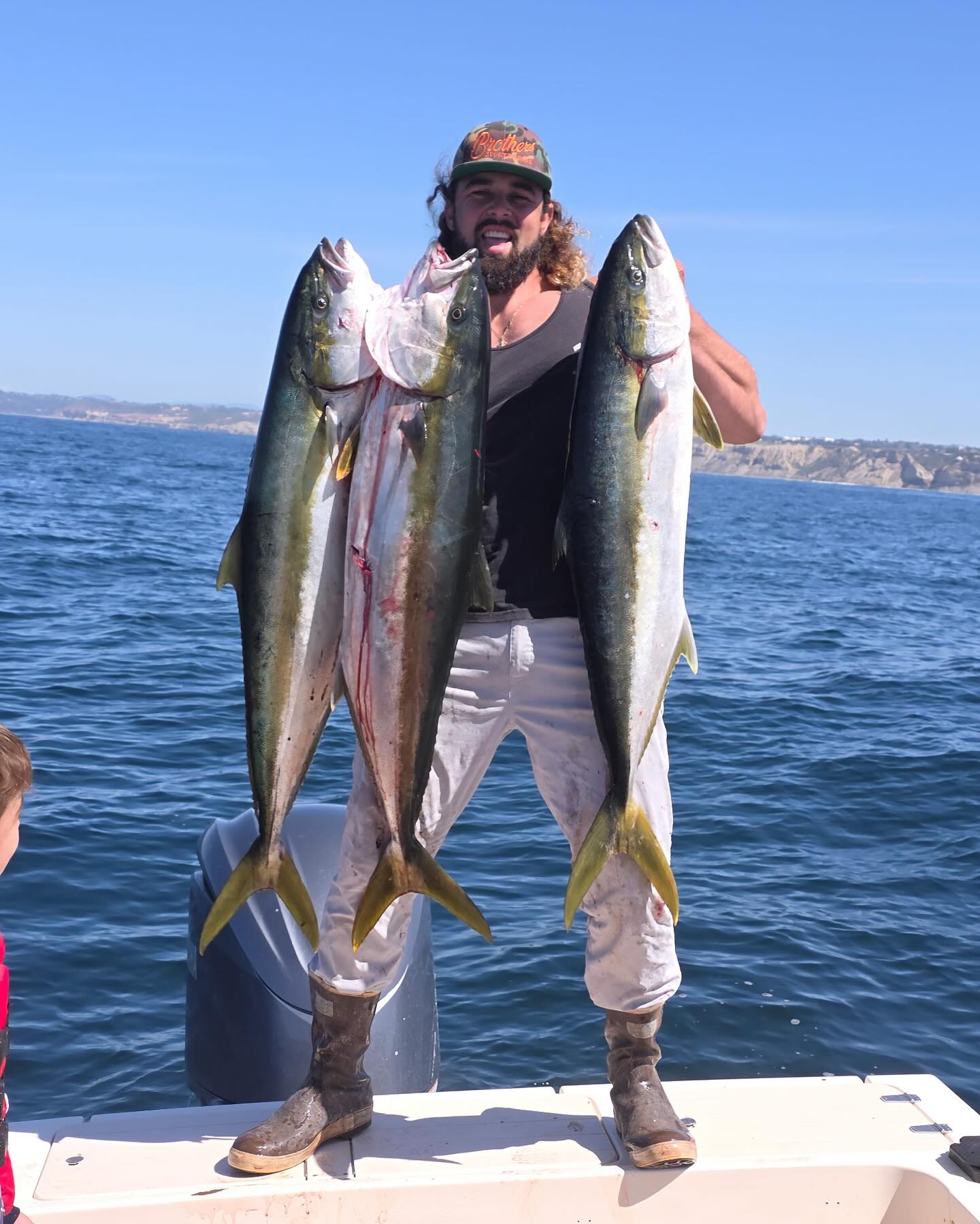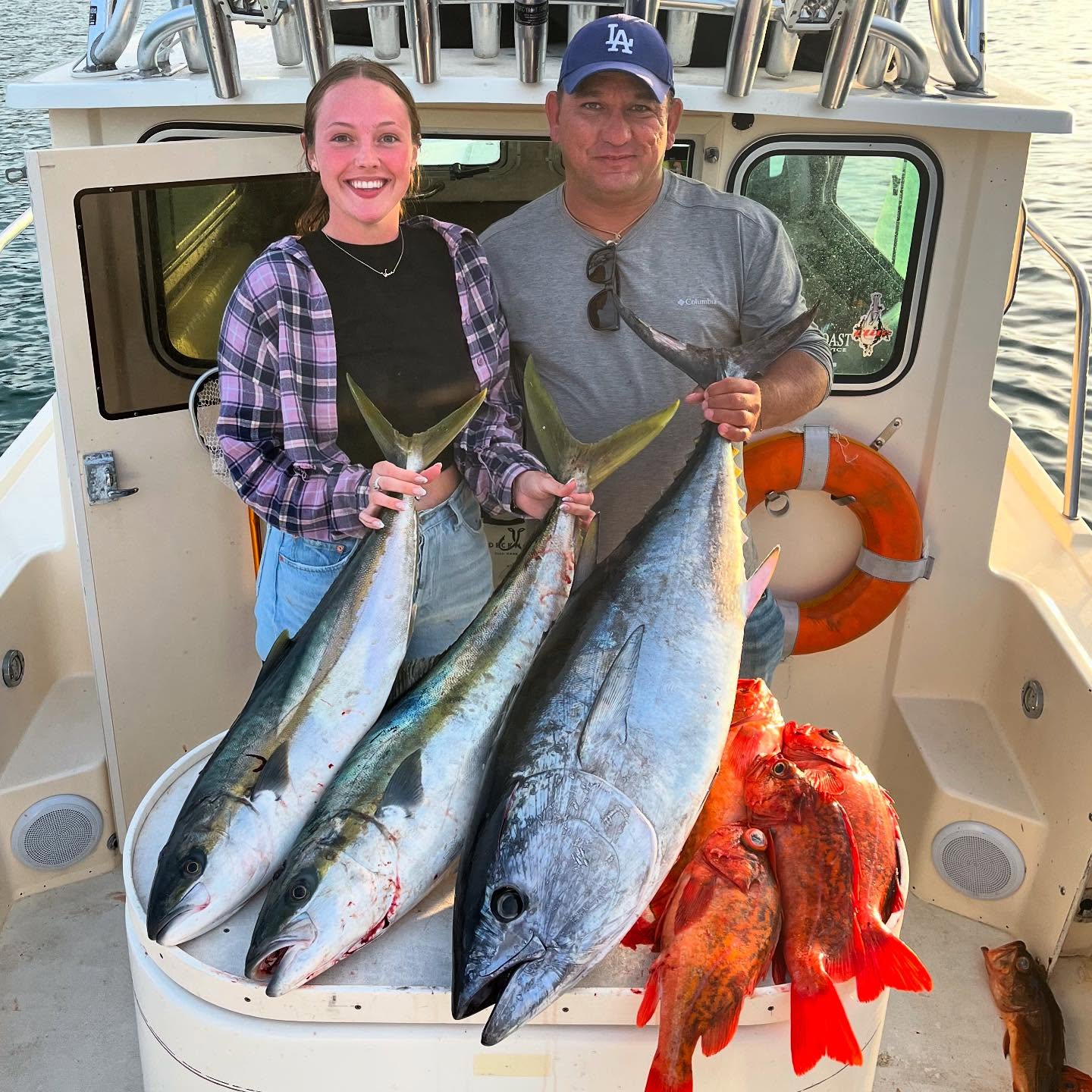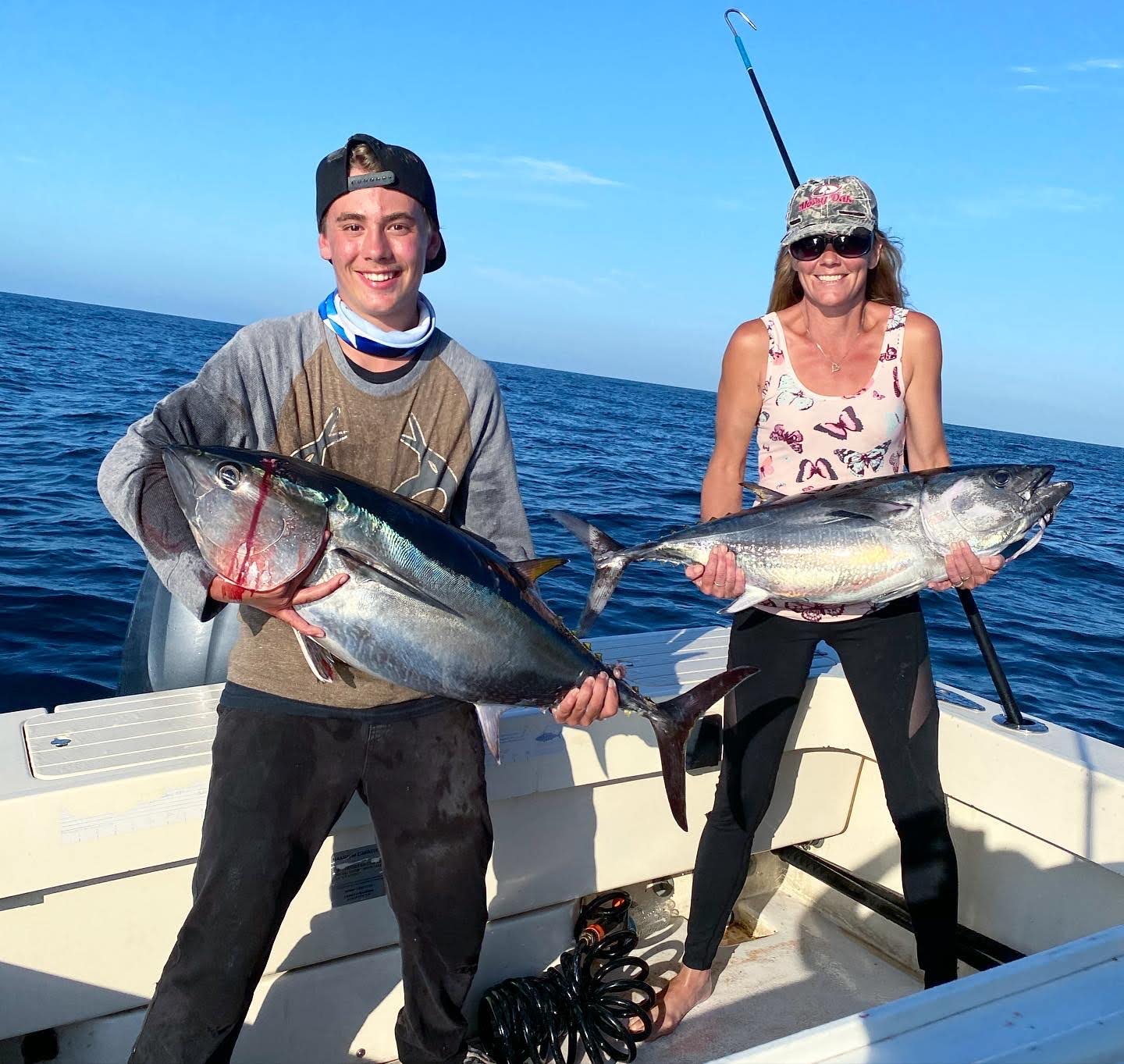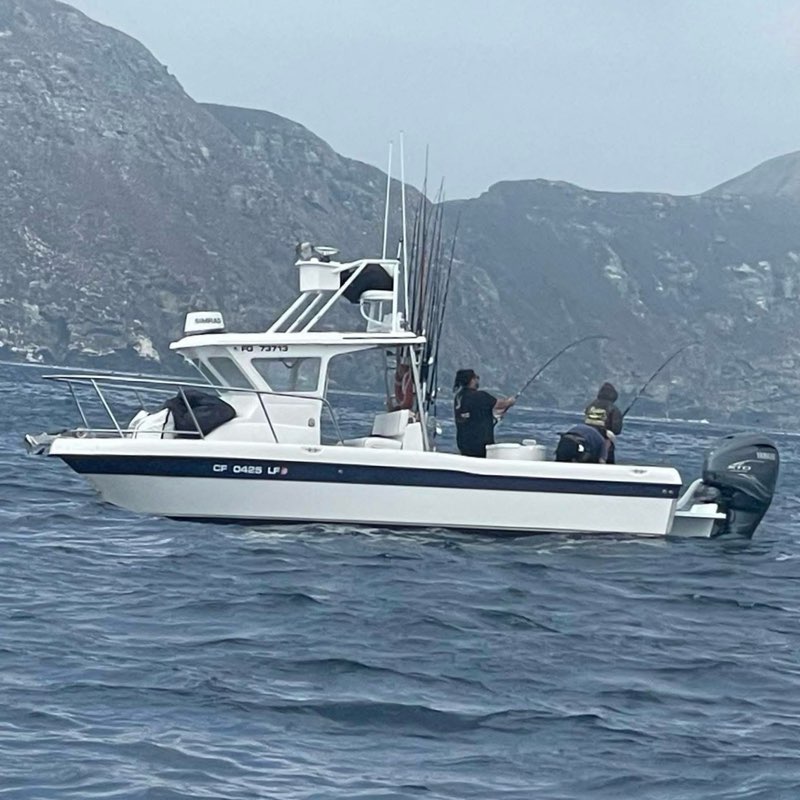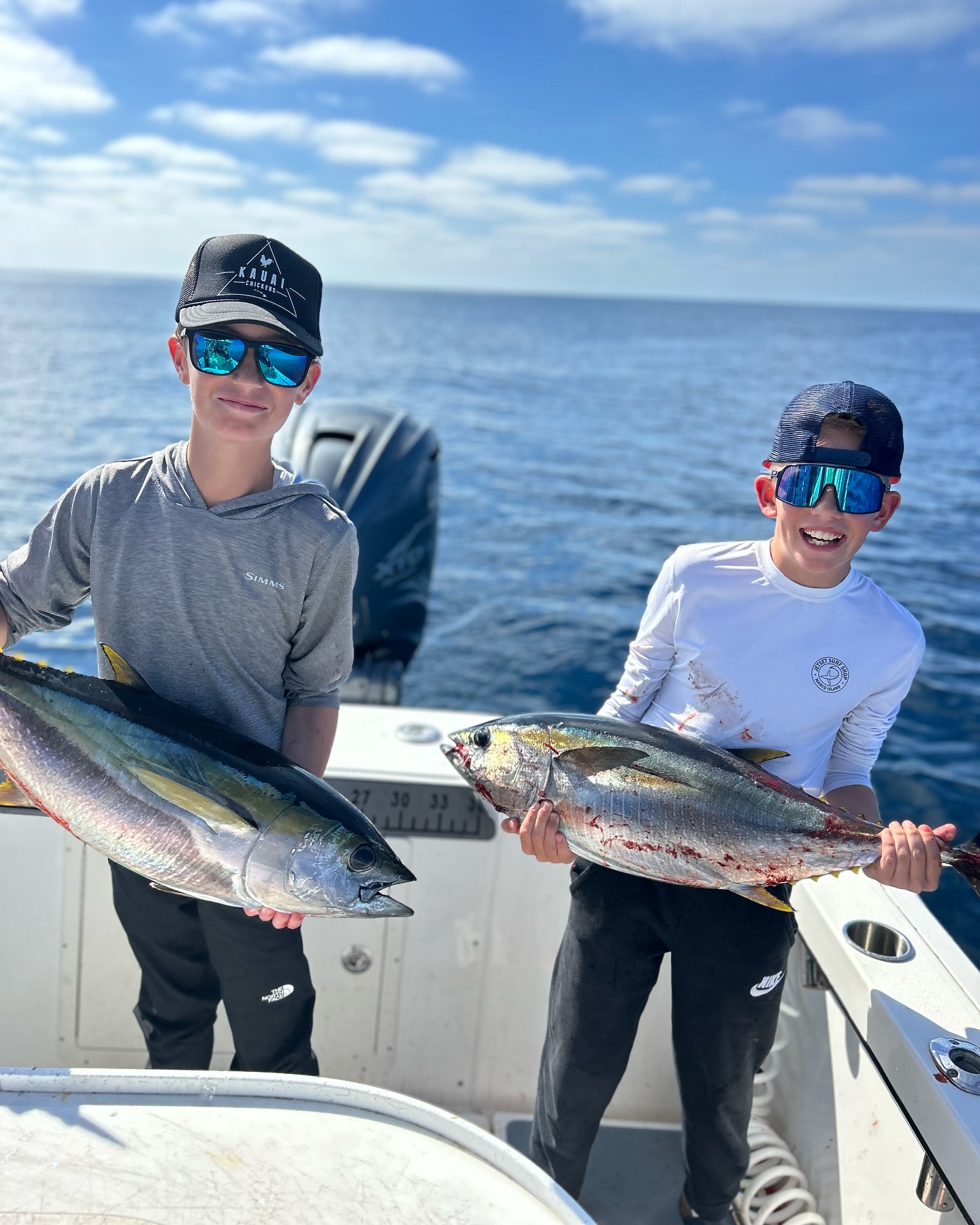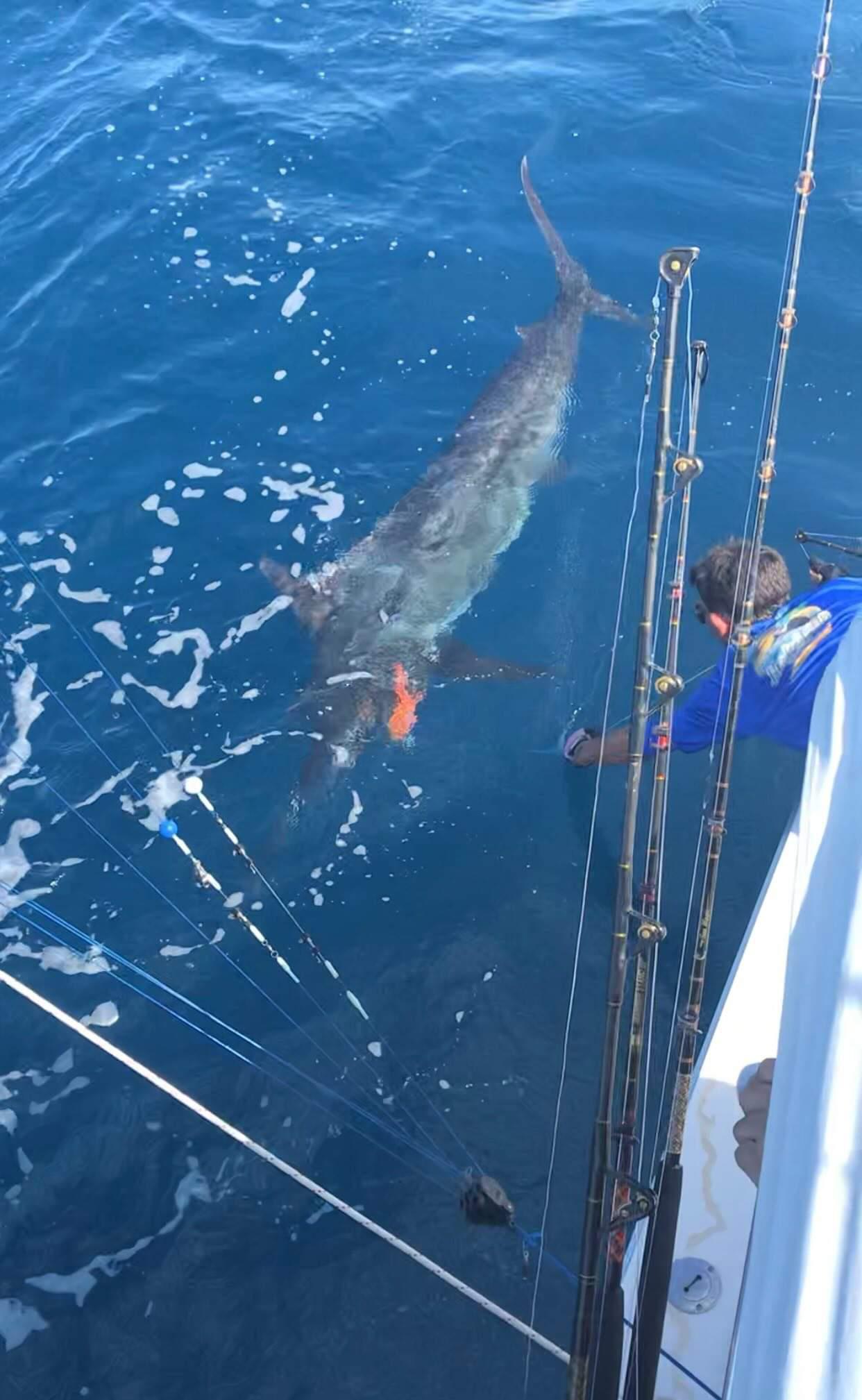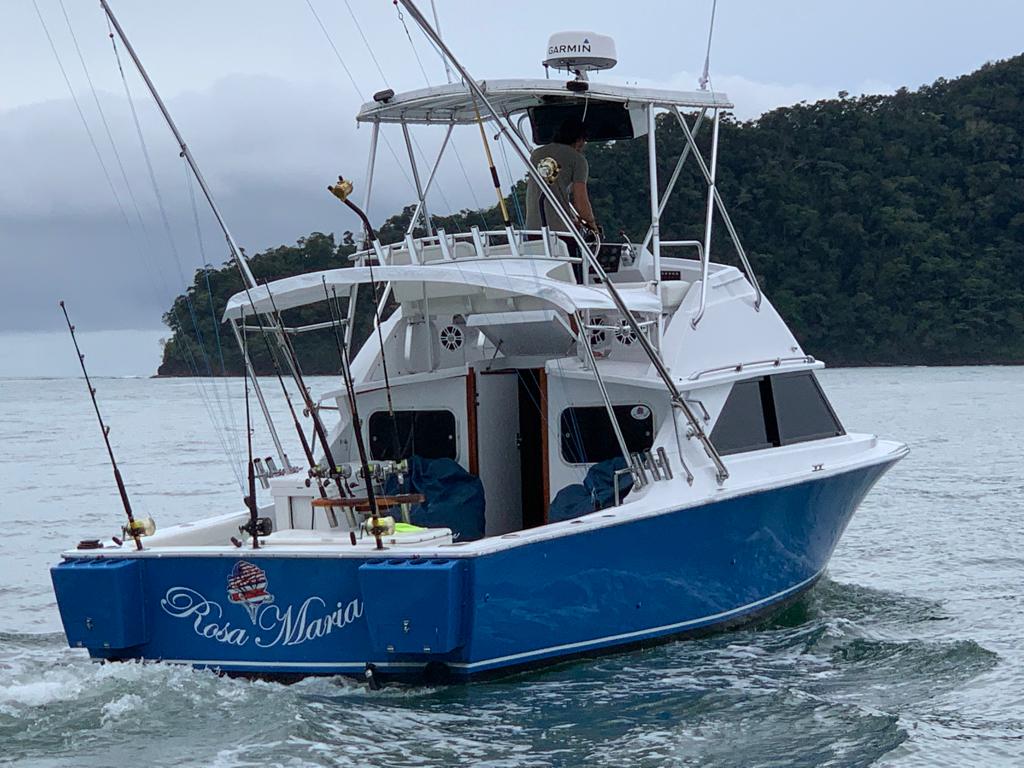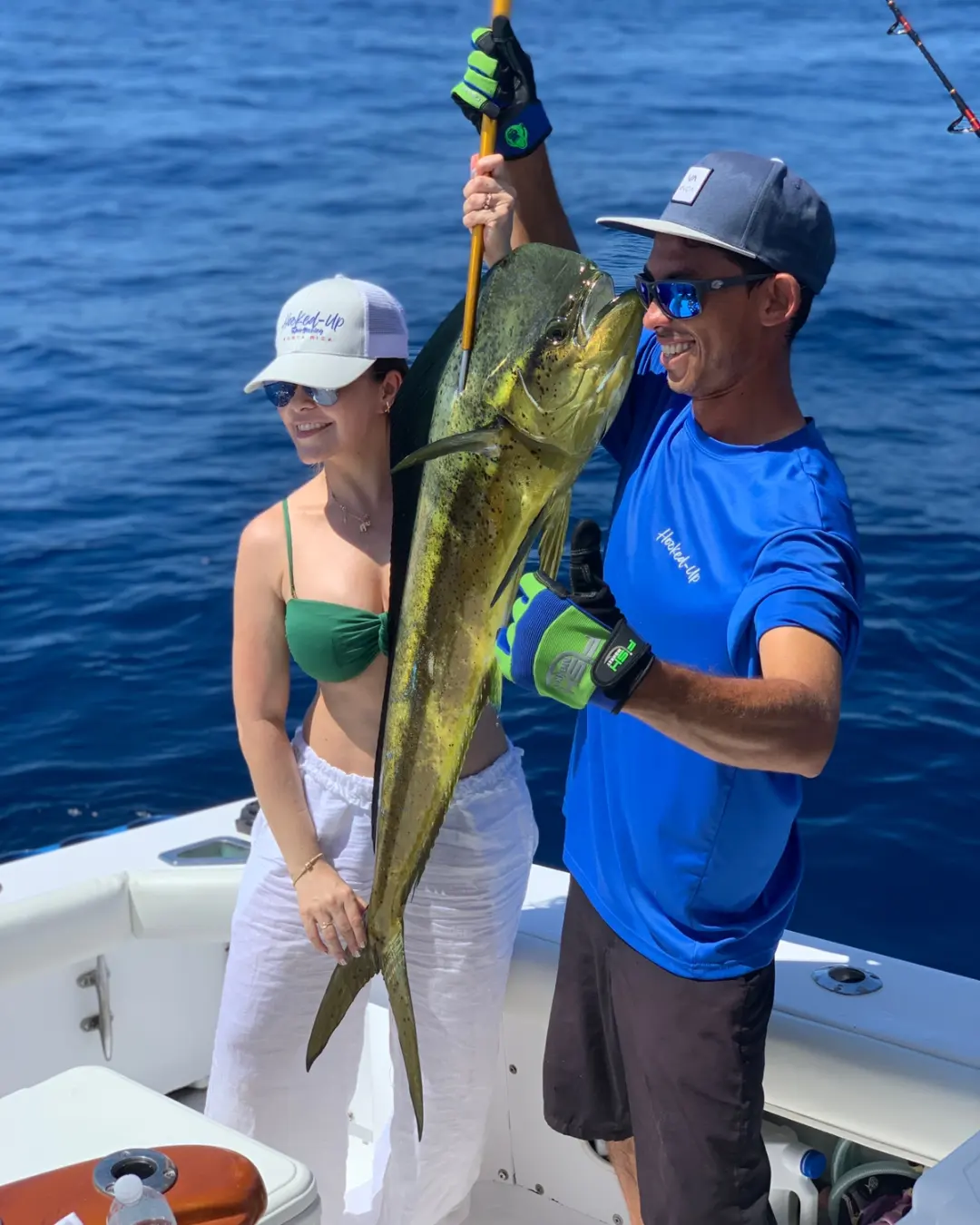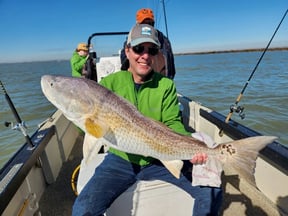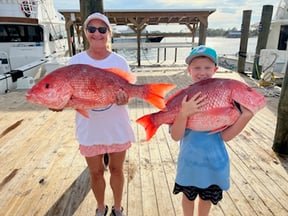Float Fishing Trip
Wade Fishing Trip
Inshore, Nearshore Fishing in Beaufort
Half Day Nearshore Fishing (4hrs)
Deep Sea Fishing in Puerto Vallarta
Deep Sea Fishing
Deep Sea, Nearshore Fishing in Pompano Beach
Trolling Quick Trip Pompano Beach
Inshore, Nearshore Fishing in San Diego
Inshore Or Coastal San Diego
Inshore, Nearshore Fishing in San Diego
Epic Coastal Or Inshore Fishing
Offshore San Diego
Epic Offshore San Diego
Deep Sea Fishing in Playa Herradura
Full Day Offshore
We started Captain Experiences to make it easy to book fishing and hunting guides around the world. With over 2,000 Damn Good Guides, our platform makes finding and booking a trip seamless. Head here to check out our trips.
Anglers tend to have deeply rooted beliefs about the best time to hit the water, many of which have shaky evidence at best to support them. Over the years, anglers have turned to a variety of resources looking to get dialed in on the bite. One of the most popular ways anglers are trying to make the most of their time on the water is with solar-lunar charts. Solar lunar tables predict activity windows for wildlife, which for anglers means peak bite.
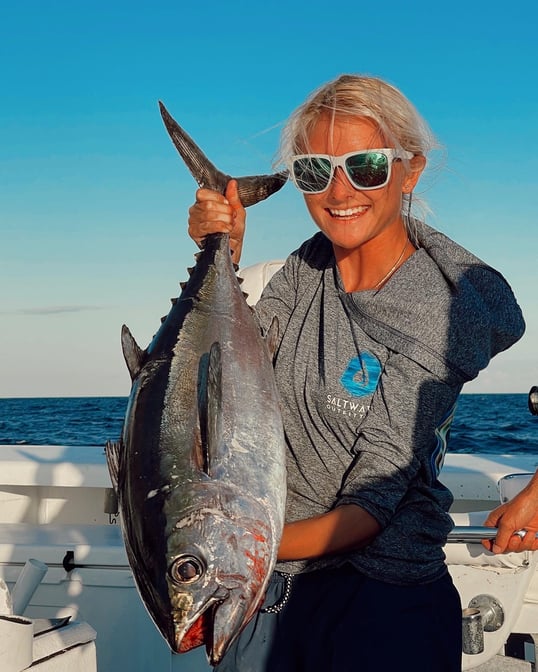
How do Solar-Lunar Tables Work?
There seems to be a limitless supply of websites, apps, and programs that offer solar-lunar information to sportsmen and women. The solar lunar charts use a variety of factors including the moon phase, moonrise, moonset, sun angle, location, sunrise, sunset, and a mix of various other information.
Using this information, the program makes calculations and spits out two major feeding times and two minor feeding times for the wildlife in your area. Many charts also include a daily rating for how good the bite will be, which typically ranges from “poor” to “Excellent+++.” These solar-lunar calendars have grown a large following because every angler wants an advantage.
Solar-Lunar Research
The accuracy of moon phase and solar-lunar calendar predictions has already been tested. Most of the research was done by examining catch rate data for various species in both saltwater and freshwater environments.
The first study tracked the catch rate of largemouth bass on a popular lake over the course of one month. Once all the data was collected, it showed that there was no significant difference in catch rate from one day to the next or any correlation to the moon phases.
The second study was done on marlin. They used 84 years of landings records from New Zealand and compared them to the moon’s position at the time. Once the results were in, it did show that there was a slight increase in landings just before a full moon and a slight decrease just after. Unfortunately, the results didn’t show any correlation between landings and the solar-lunar predictions.
However, first hand research by Dr. Frank A. Brown, a biologist at Northwestern University, was able to confirm a correlation between solar-lunar charts and the feeding activity of oyster. Dr. Brown did an experiment testing oysters in a lab aquarium and observed when their shells opened to feed compared to lunar position. The feeding behavior of the oysters stayed in sync with the tide times of their original location for a couple weeks before they changed. After that time, the oysters began to feed according to the lunar position of their new location, despite not being exposed to sunlight or water depth changes that would normally occur during tidal swings.
A while back, I spoke with Tennessee musky Guide and Tennessee musky State Record Holder Steven Paul. Steven touched on solar-lunar tables while giving tips for catching these giant fish. When discussing the best time of day to go fishing, dawn and dusk are always great, which is an opinion Steven emphasized before diving into solar-lunar tables.
According to Steven “solar-lunar is crucial: the minor & major feeding times are spot on.” Last week while fishing in Wisconsin, he explained that the bite was slow until one of the solar-lunar feeding times hit. They then proceeded to catch six musky in 15 minutes. He explained that “right now all of the bites are at moonset,” regardless of whether it happens at midnight or high noon. Steven’s advice for when to target musky is to “always be on a good spot, then wait for the solar-lunar feeding windows.”
Are Solar-Lunar Tables Accurate?
Being able to pick the best day and time to go fishing would be any angler's dream come true, but the evidence is conflicting. We all want to believe these calculations will help us catch more fish by hitting them at the right time. While the first two studies we mentioned couldn’t find anything conclusive, Dr. Brown was able to give these charts a glimmer of hope with his experiment. Steven Paul’s testimony comes from years of experience on the water, but in the end, it’s anecdotal evidence that's hard to quantify.
What is the Best Time to Go Fishing?
As it currently stands, it’s impossible to accurately predict on any particular day or time whether the fishing will be better or worse. However, the validity of these charts cannot be totally dismissed. Armed with the information above, you may be able to gauge if conditions may be vaguely tipping in your favor which helps a little. In the end, while these charts cannot be relied on for accurate predictions of peak bite, using them with a healthy amount of skepticism might point you in the right direction.
Joey Butrus
Updated on August 2, 2023
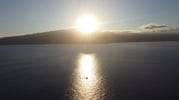
April 26, 2022
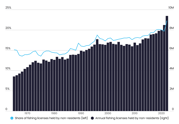
July 31, 2024
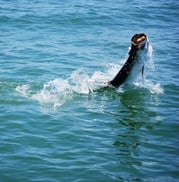
April 15, 2022
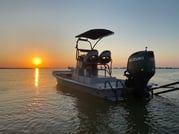
January 7, 2022
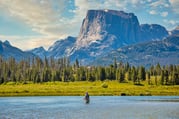
May 13, 2024
Related Articles
January 25, 2023
July 10, 2023
February 12, 2021
Featured Locations
- Fishing Charters Near Me
- Austin Fishing Guides
- Biloxi Fishing Charters
- Bradenton Fishing Charters
- Cabo San Lucas Fishing Charters
- Cancun Fishing Charters
- Cape Coral Fishing Charters
- Charleston Fishing Charters
- Clearwater Fishing Charters
- Corpus Christi Fishing Charters
- Crystal River Fishing Charters
- Dauphin Island Fishing Charters
- Daytona Beach Fishing Charters
- Destin Fishing Charters
- Fort Lauderdale Fishing Charters
- Fort Myers Fishing Charters
- Fort Walton Beach Fishing Charters
- Galveston Fishing Charters
- Gulf Shores Fishing Charters
- Hatteras Fishing Charters
- Hilton Head Fishing Charters
- Islamorada Fishing Charters
- Jacksonville Fishing Charters
- Jupiter Fishing Charters
- Key Largo Fishing Charters
- Key West Fishing Charters
- Kona Fishing Charters
- Lakeside Marblehead Fishing Charters
- Marathon Fishing Charters
- Marco Island Fishing Charters
- Miami Fishing Charters
- Montauk Fishing Charters
- Morehead City Fishing Charters
- Naples Fishing Charters
- New Orleans Fishing Charters
- New Smyrna Beach Fishing Charters
- Ocean City Fishing Charters
- Orange Beach Fishing Charters
- Panama City Beach Fishing Charters
- Pensacola Fishing Charters
- Pompano Beach Fishing Charters
- Port Aransas Fishing Charters
- Port Orange Fishing Charters
- Rockport Fishing Charters
- San Diego Fishing Charters
- San Juan Fishing Charters
- Sarasota Fishing Charters
- South Padre Island Fishing Charters
- St. Augustine Fishing Charters
- St. Petersburg Fishing Charters
- Tampa Fishing Charters
- Tarpon Springs Fishing Charters
- Venice Fishing Charters
- Virginia Beach Fishing Charters
- West Palm Beach Fishing Charters
- Wilmington Fishing Charters
- Wrightsville Beach Fishing Charters
